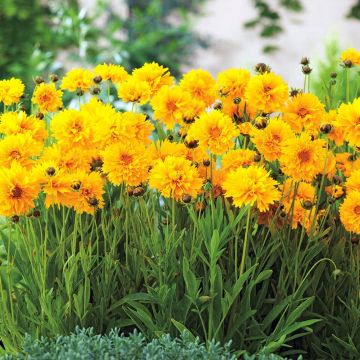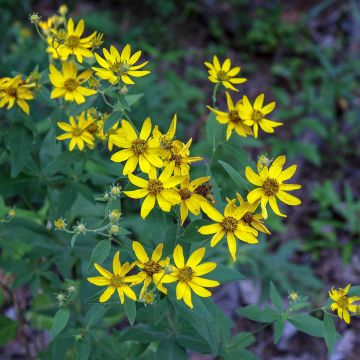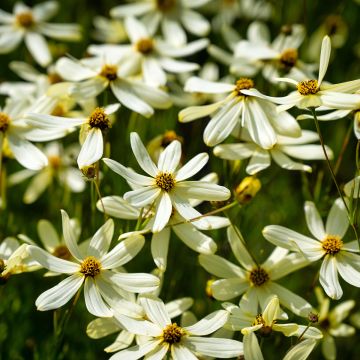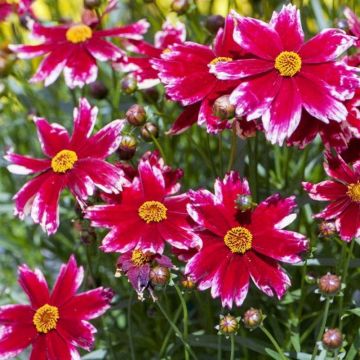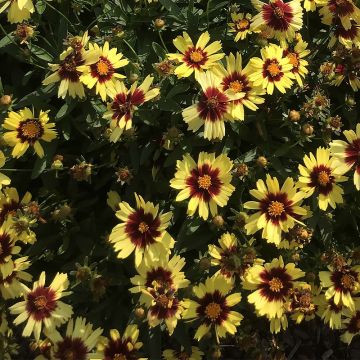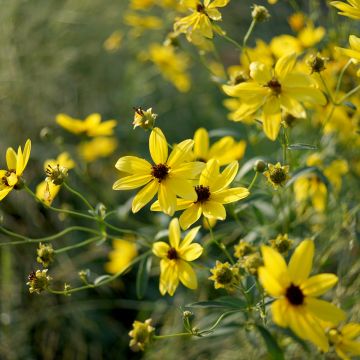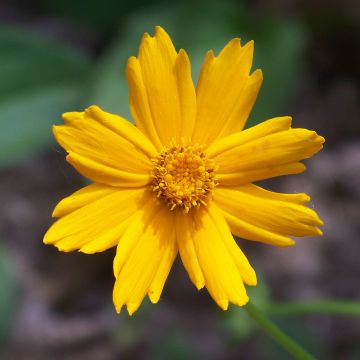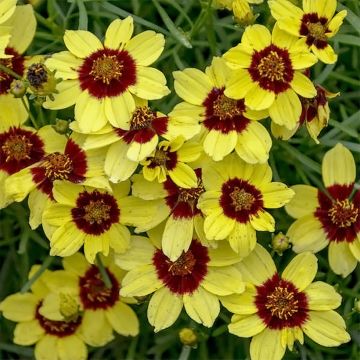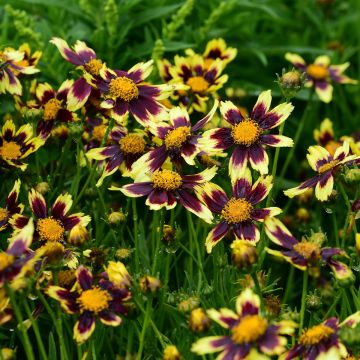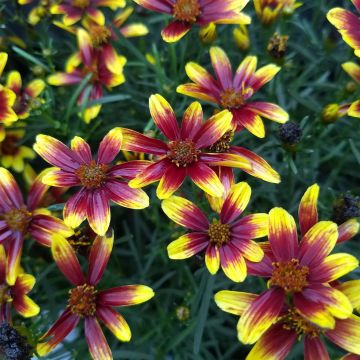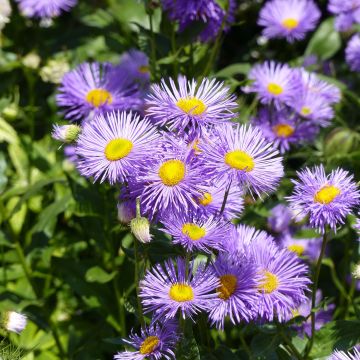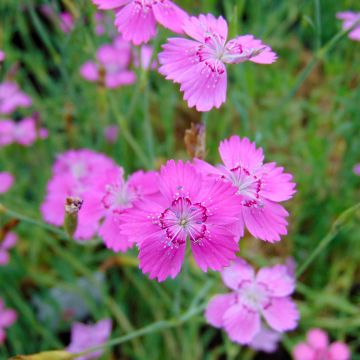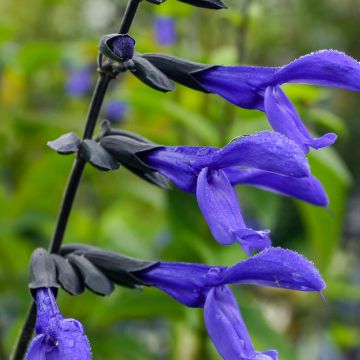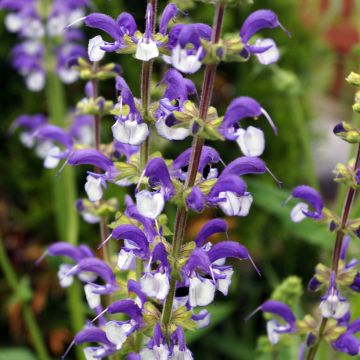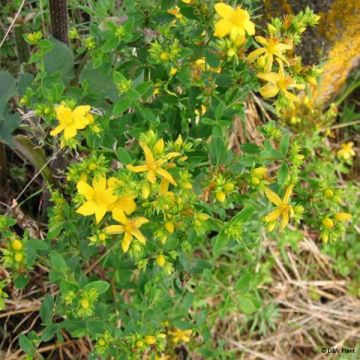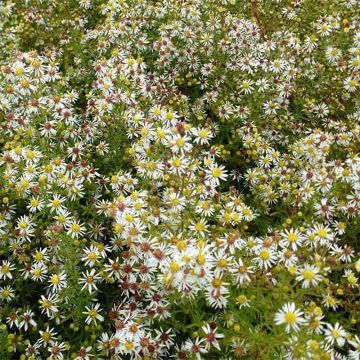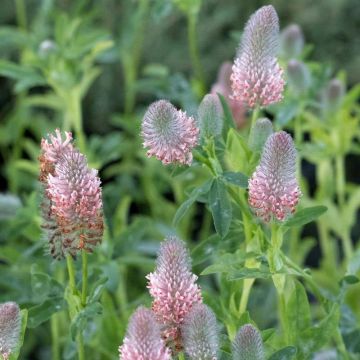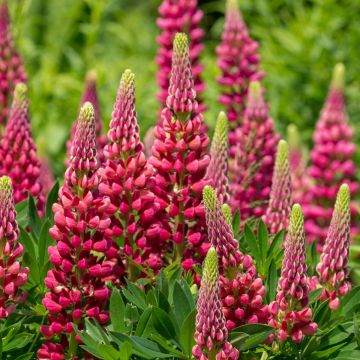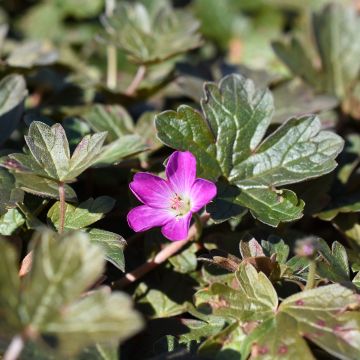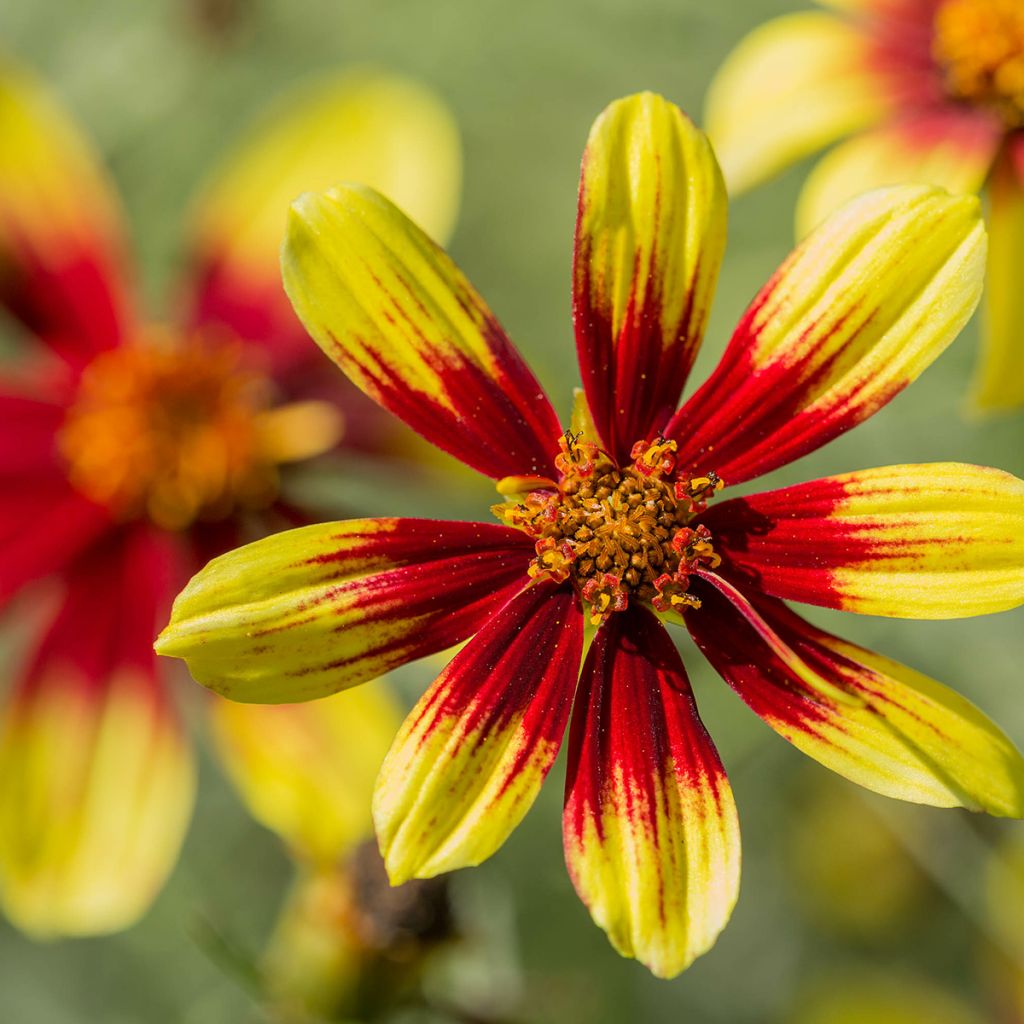

Coreopsis verticillata Bengal Tiger
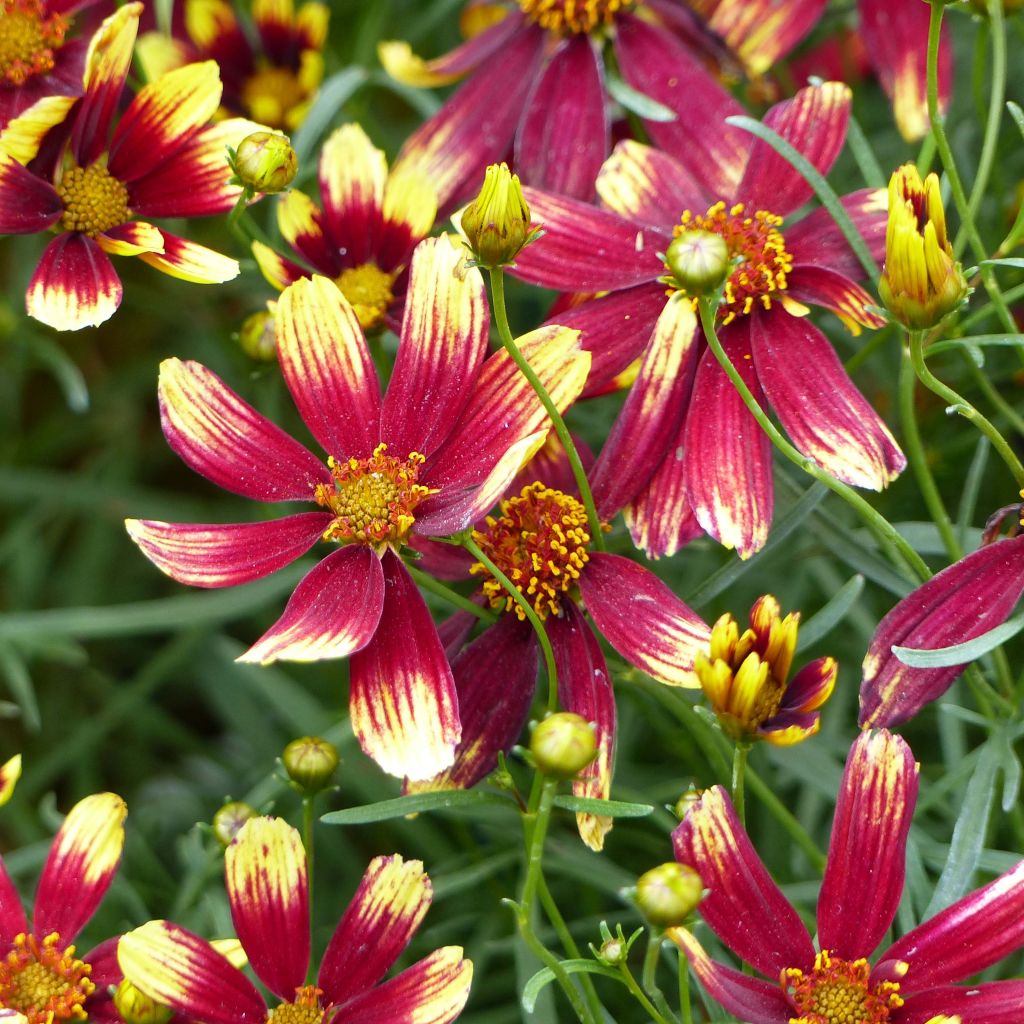

Coreopsis verticillata Bengal Tiger
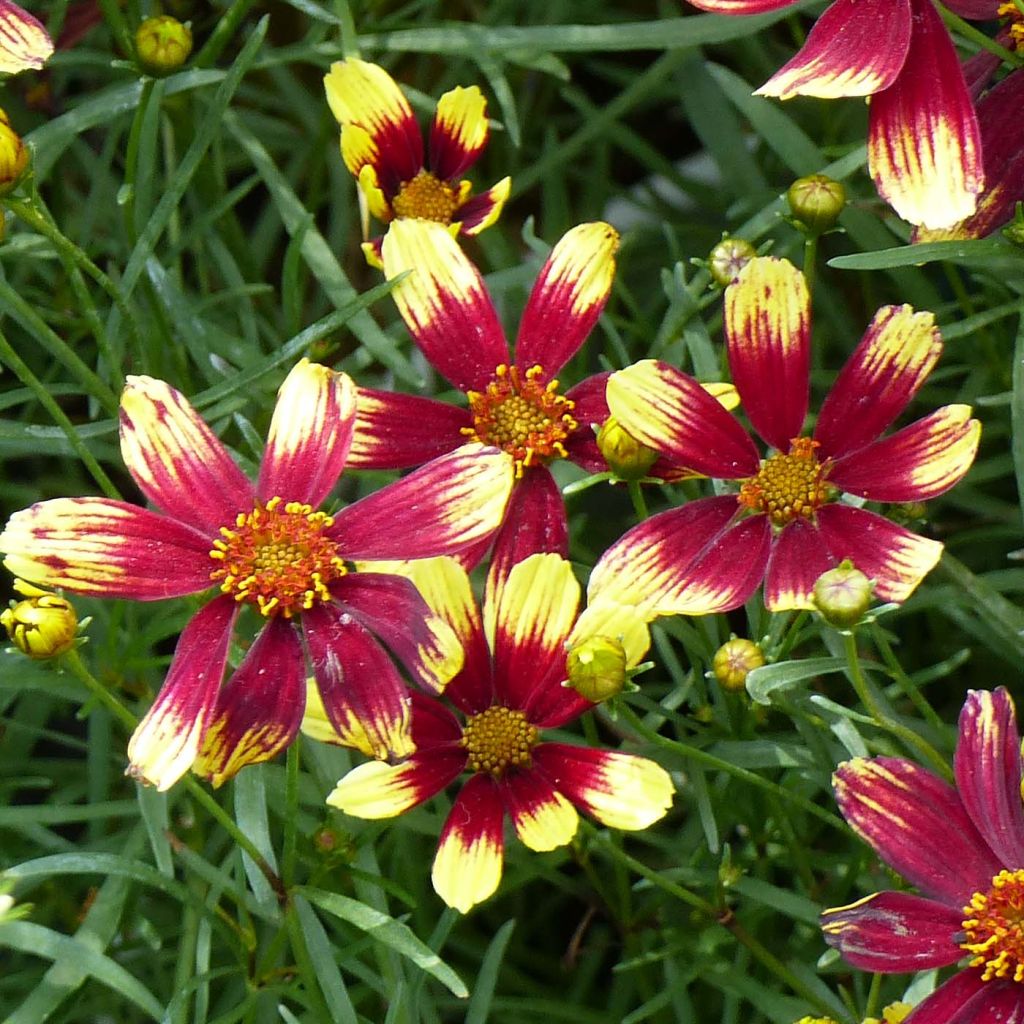

Coreopsis verticillata Bengal Tiger
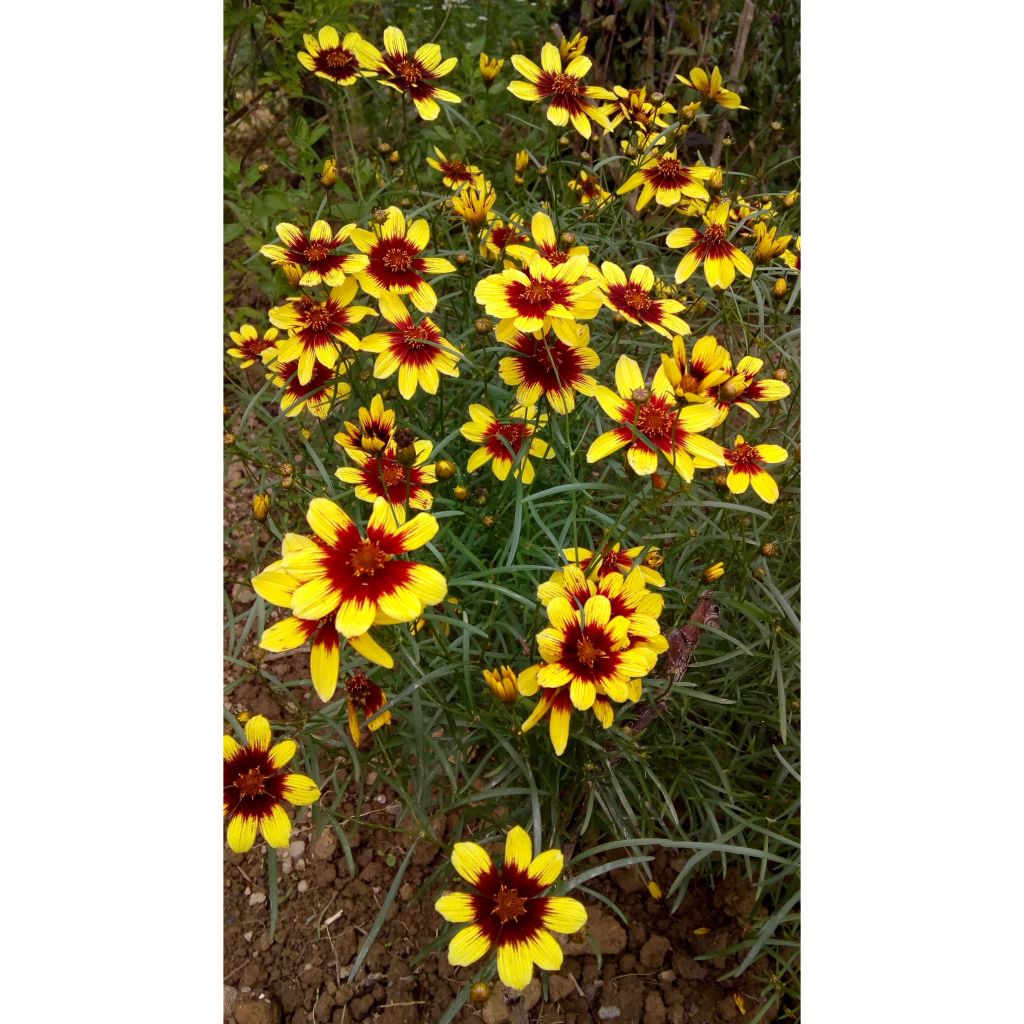

Coreopsis verticillata Bengal Tiger
Coreopsis verticillata Bengal Tiger
Coreopsis verticillata Bengal Tiger
Threadleaf Coreopsis, Whorled Coreopsis, Thread-leaved Tickseed, Needle Tickseed
This item cannot be shipped to the selected country
Delivery charge from €5.90
More information
Schedule delivery date,
and select date in basket
This plant carries a 12 months recovery warranty
More information
We guarantee the quality of our plants for a full growing cycle, and will replace at our expense any plant that fails to recover under normal climatic and planting conditions.
From €5.90 for pickup delivery and €6.90 for home delivery
Express home delivery from €8.90.
Does this plant fit my garden?
Set up your Plantfit profile →
Description
The 'Bengal Tiger' Verticillate Coreopsis, also known as Verticillate Coreopsis, offers large, two-tone star-shaped flowers. The golden yellow petals are widely invaded by a central mahogany red area. They bloom from early summer until autumn, against a dark backdrop of delicate leaves. Its compact habit, well-defined silhouette, undemanding nature, and love for sunshine make it suitable for well-exposed slopes and challenging conditions. It is also a disease-resistant variety, remarkable in flower pots and bouquets.
The Verticillate Coreopsis belongs to the Asteraceae family. It is native to the plains of Central America, Mexico, and the southeastern United States. 'Bengal Tiger' is a recent cultivar selected for the brilliance of its large, two-tone flower heads and excellent resistance to mildew. This herbaceous perennial with a woody rootstock has a bushy, highly branched, compact habit. It reaches a height of 45 cm (18in) with a spread of 50 cm (20in). The flowering begins in June and continues until the first frosts. The pale yellow flowers, measuring 4 cm (2in) in diameter, open from rounded buds and are arranged in whorls of 3 along slender stems. The 8 outer ligules form a golden yellow and red collar surrounding a reddish-brown central disk. The dark green, deciduous foliage consists of 6 cm (2in) long leaves, finely divided into linear leaflets. The plant slowly spreads through a network of slender, non-trailing rhizomes.
The Verticillate Coreopsis is a versatile perennial. It will thrive in a rock garden, on a difficult slope with wallflowers, love-in-a-mist, and wild flax, or in a herbaceous border alongside Teucrium chamaedrys or x lucidrys, thyme, and cotton lavender. In pots or containers, this plant blooms continuously from the first year onwards. For a beautiful summer display, whether in the ground or in a large pot with minimal watering, it can be paired with Calamintha glandulosa and Nepeta 'Dawn to dusk'. Lastly, it makes a lovely addition to summer bouquets, like sunshine inside the house.
Report an error about the product description
Coreopsis verticillata Bengal Tiger in pictures
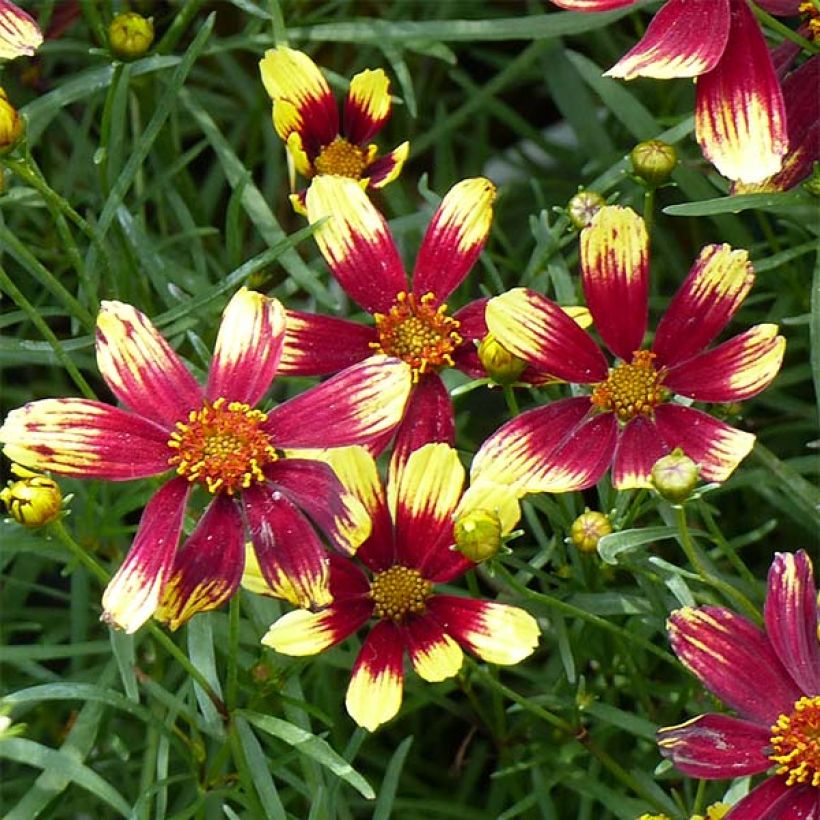

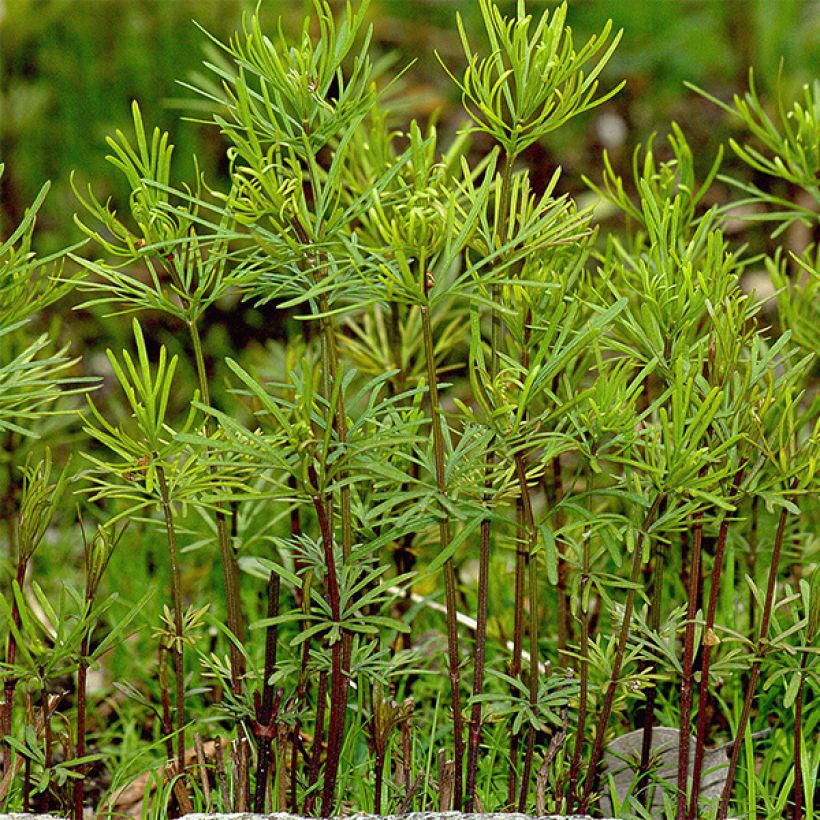

Flowering
Foliage
Plant habit
Botanical data
Coreopsis
verticillata
Bengal Tiger
Asteraceae
Threadleaf Coreopsis, Whorled Coreopsis, Thread-leaved Tickseed, Needle Tickseed
Cultivar or hybrid
Other Coreopsis - Tickseed
Planting and care
Perennial Coriopsides are plants that need a lot of sunlight to grow well and produce flowers. They prefer soil that is light, porous, and well-drained. The soil should be slightly acidic, neutral, or slightly chalky, even if it is poor. These plants can also grow well in soil that has a lot of humus, but the soil must drain well. They can live for a long time in these conditions and will flower again if you remove the old flowers, especially at the end of August. It's important to note that these plants are sensitive to winter humidity and heavy soils.
Planting period
Intended location
Care
-
, onOrder confirmed
Reply from on Promesse de fleurs
Summer flowering perennials
Haven't found what you were looking for?
Hardiness is the lowest winter temperature a plant can endure without suffering serious damage or even dying. However, hardiness is affected by location (a sheltered area, such as a patio), protection (winter cover) and soil type (hardiness is improved by well-drained soil).

Photo Sharing Terms & Conditions
In order to encourage gardeners to interact and share their experiences, Promesse de fleurs offers various media enabling content to be uploaded onto its Site - in particular via the ‘Photo sharing’ module.
The User agrees to refrain from:
- Posting any content that is illegal, prejudicial, insulting, racist, inciteful to hatred, revisionist, contrary to public decency, that infringes on privacy or on the privacy rights of third parties, in particular the publicity rights of persons and goods, intellectual property rights, or the right to privacy.
- Submitting content on behalf of a third party;
- Impersonate the identity of a third party and/or publish any personal information about a third party;
In general, the User undertakes to refrain from any unethical behaviour.
All Content (in particular text, comments, files, images, photos, videos, creative works, etc.), which may be subject to property or intellectual property rights, image or other private rights, shall remain the property of the User, subject to the limited rights granted by the terms of the licence granted by Promesse de fleurs as stated below. Users are at liberty to publish or not to publish such Content on the Site, notably via the ‘Photo Sharing’ facility, and accept that this Content shall be made public and freely accessible, notably on the Internet.
Users further acknowledge, undertake to have ,and guarantee that they hold all necessary rights and permissions to publish such material on the Site, in particular with regard to the legislation in force pertaining to any privacy, property, intellectual property, image, or contractual rights, or rights of any other nature. By publishing such Content on the Site, Users acknowledge accepting full liability as publishers of the Content within the meaning of the law, and grant Promesse de fleurs, free of charge, an inclusive, worldwide licence for the said Content for the entire duration of its publication, including all reproduction, representation, up/downloading, displaying, performing, transmission, and storage rights.
Users also grant permission for their name to be linked to the Content and accept that this link may not always be made available.
By engaging in posting material, Users consent to their Content becoming automatically accessible on the Internet, in particular on other sites and/or blogs and/or web pages of the Promesse de fleurs site, including in particular social pages and the Promesse de fleurs catalogue.
Users may secure the removal of entrusted content free of charge by issuing a simple request via our contact form.
The flowering period indicated on our website applies to countries and regions located in USDA zone 8 (France, the United Kingdom, Ireland, the Netherlands, etc.)
It will vary according to where you live:
- In zones 9 to 10 (Italy, Spain, Greece, etc.), flowering will occur about 2 to 4 weeks earlier.
- In zones 6 to 7 (Germany, Poland, Slovenia, and lower mountainous regions), flowering will be delayed by 2 to 3 weeks.
- In zone 5 (Central Europe, Scandinavia), blooming will be delayed by 3 to 5 weeks.
In temperate climates, pruning of spring-flowering shrubs (forsythia, spireas, etc.) should be done just after flowering.
Pruning of summer-flowering shrubs (Indian Lilac, Perovskia, etc.) can be done in winter or spring.
In cold regions as well as with frost-sensitive plants, avoid pruning too early when severe frosts may still occur.
The planting period indicated on our website applies to countries and regions located in USDA zone 8 (France, United Kingdom, Ireland, Netherlands).
It will vary according to where you live:
- In Mediterranean zones (Marseille, Madrid, Milan, etc.), autumn and winter are the best planting periods.
- In continental zones (Strasbourg, Munich, Vienna, etc.), delay planting by 2 to 3 weeks in spring and bring it forward by 2 to 4 weeks in autumn.
- In mountainous regions (the Alps, Pyrenees, Carpathians, etc.), it is best to plant in late spring (May-June) or late summer (August-September).
The harvesting period indicated on our website applies to countries and regions in USDA zone 8 (France, England, Ireland, the Netherlands).
In colder areas (Scandinavia, Poland, Austria...) fruit and vegetable harvests are likely to be delayed by 3-4 weeks.
In warmer areas (Italy, Spain, Greece, etc.), harvesting will probably take place earlier, depending on weather conditions.
The sowing periods indicated on our website apply to countries and regions within USDA Zone 8 (France, UK, Ireland, Netherlands).
In colder areas (Scandinavia, Poland, Austria...), delay any outdoor sowing by 3-4 weeks, or sow under glass.
In warmer climes (Italy, Spain, Greece, etc.), bring outdoor sowing forward by a few weeks.

































